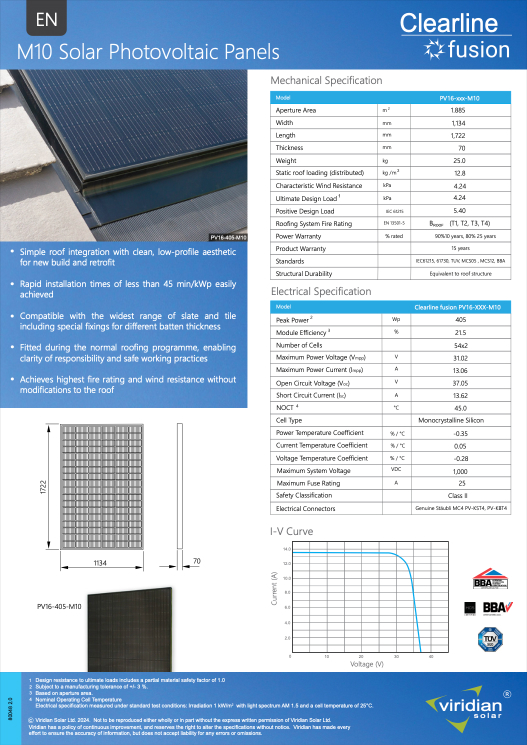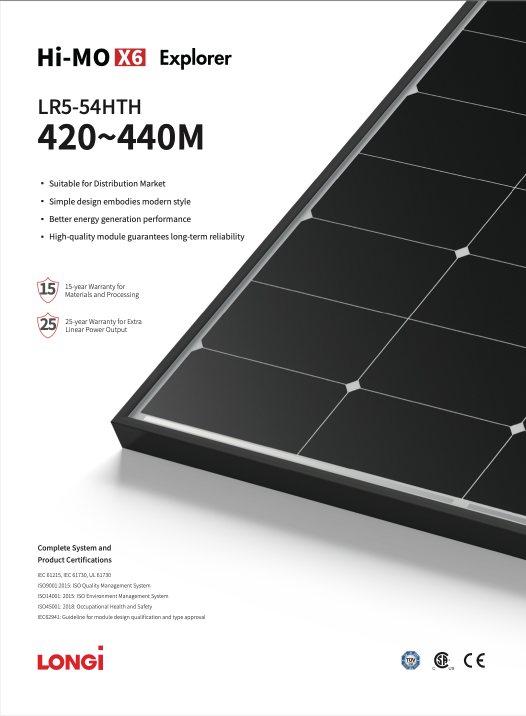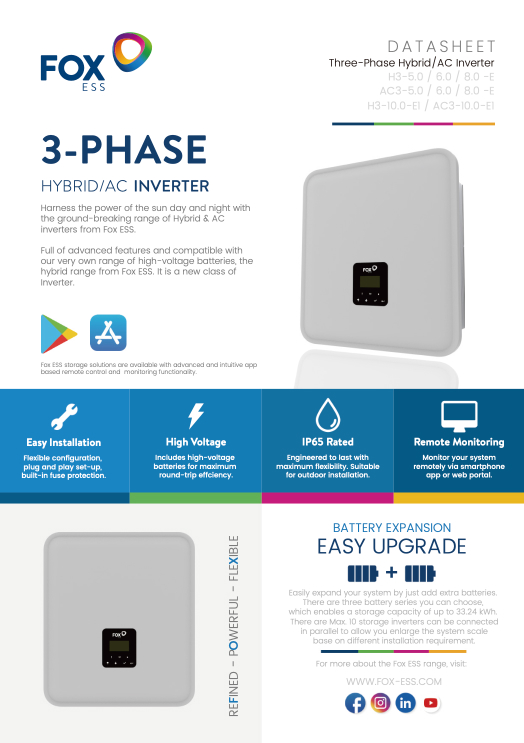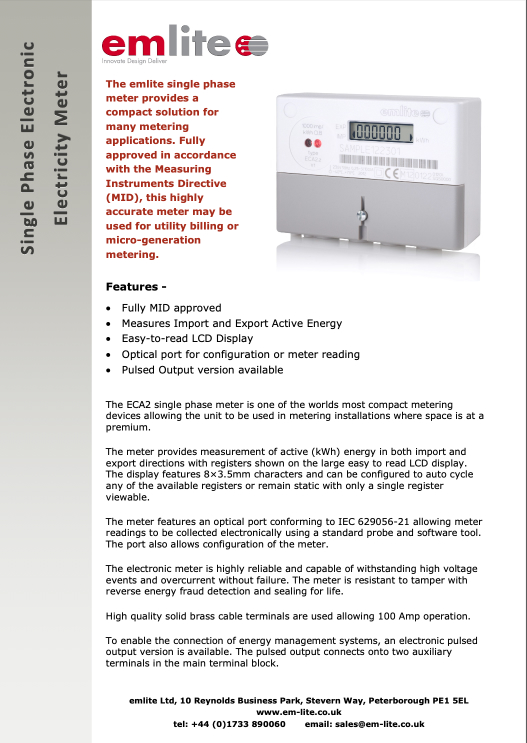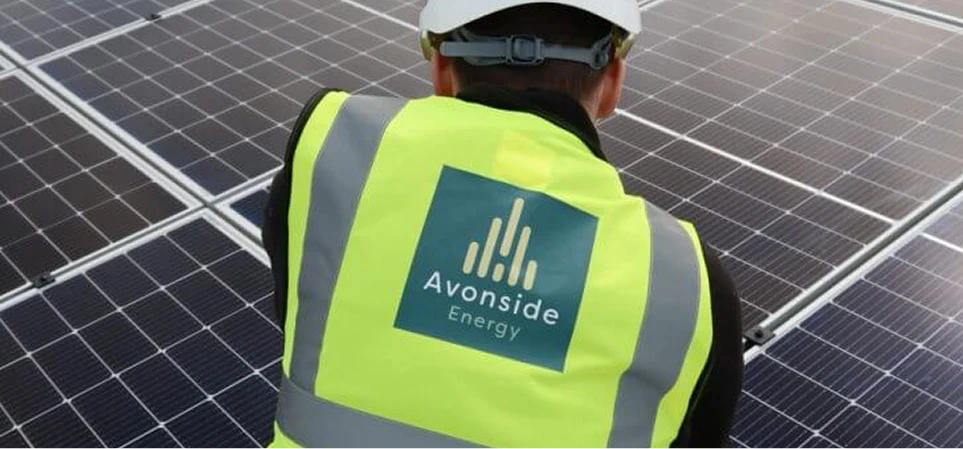New Homeowner Information
Help and advice with your solar and insulation.
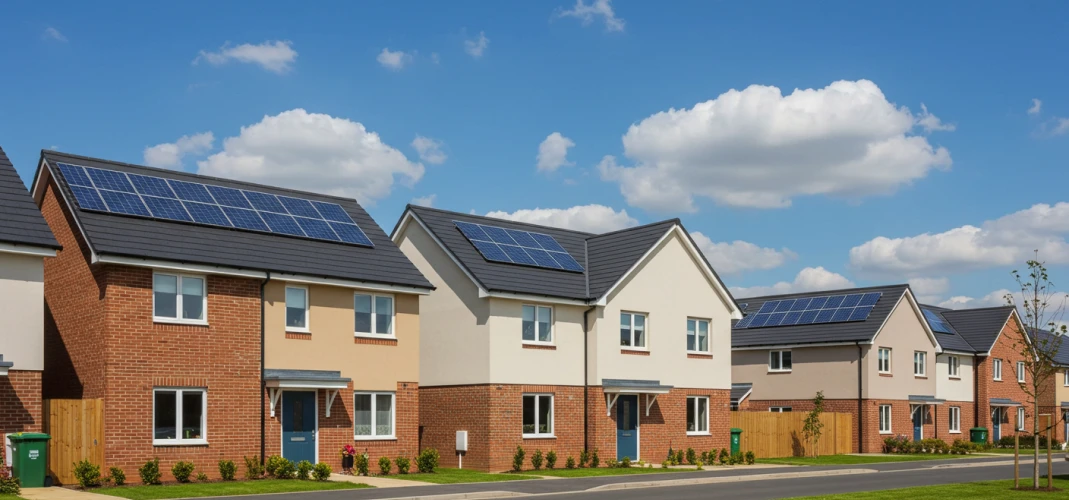
We’re here to provide you with all the information you need to make the most of your new Solar PV system. Whether you’re looking for answers to common questions, need details about our warranty coverage, or seeking technical specifications from the product datasheets, you’ll find it all right here. Our goal is to ensure you have a smooth experience with our products, so if you can’t find what you’re looking for, don’t hesitate to reach out. We’re happy to help!
Datasheets and Warranty Information
Frequently Asked Questions
My solar panels and what they do
Who owns the solar panels?
The homeowner owns the system on private residences.
What do I need to do to start using the solar panels?
Nothing! As long as your electricity is switched on, the solar panels will automatically generate power during daylight hours and distribute it to your property via the consumer unit/distribution board.
Will my electricity bills reduce?
Yes, installing solar PV will reduce your electricity bills. The exact savings depend on the system’s size and your specific electricity usage. Any excess power generated during the day flows back to the grid.
What about evenings or cloudy weather?
Solar panels generate energy only when there’s sunlight. On cloudy days or at night, the system will not produce power, and you’ll use electricity from the grid. There will be no power interruptions—it’s a seamless transition.
How reliable is solar PV?
Solar PV is a reliable, proven technology. Panels have been used worldwide for years. Your system comes with manufacturer warranties, and we also provide a 2-year workmanship warranty.
What if I move?
The PV system ownership transfers to the new homeowner. If the property is part of the Feed-In Tariff (FIT), you’ll need to surrender your FIT, and the new owner will apply for it.
What is in my Solar PV system?
On top of or built into your roof is an array of solar panels that work together to produce power. The power that these create is sent to an Inverter (generally installed in your loft space) which is a device that converts direct current (DC) from the panels to alternating current (AC) for use in homes and the grid. The power that is created is measured using a generation meter. Finally, the power ends up at your consumer unit which is also known as a fuse board or electrical fuse box, this device distributes electricity from the mains supply and your PV system to individual circuits around a property. Any unused energy will be exported back to the grid, see Getting Paid for excess generation.
